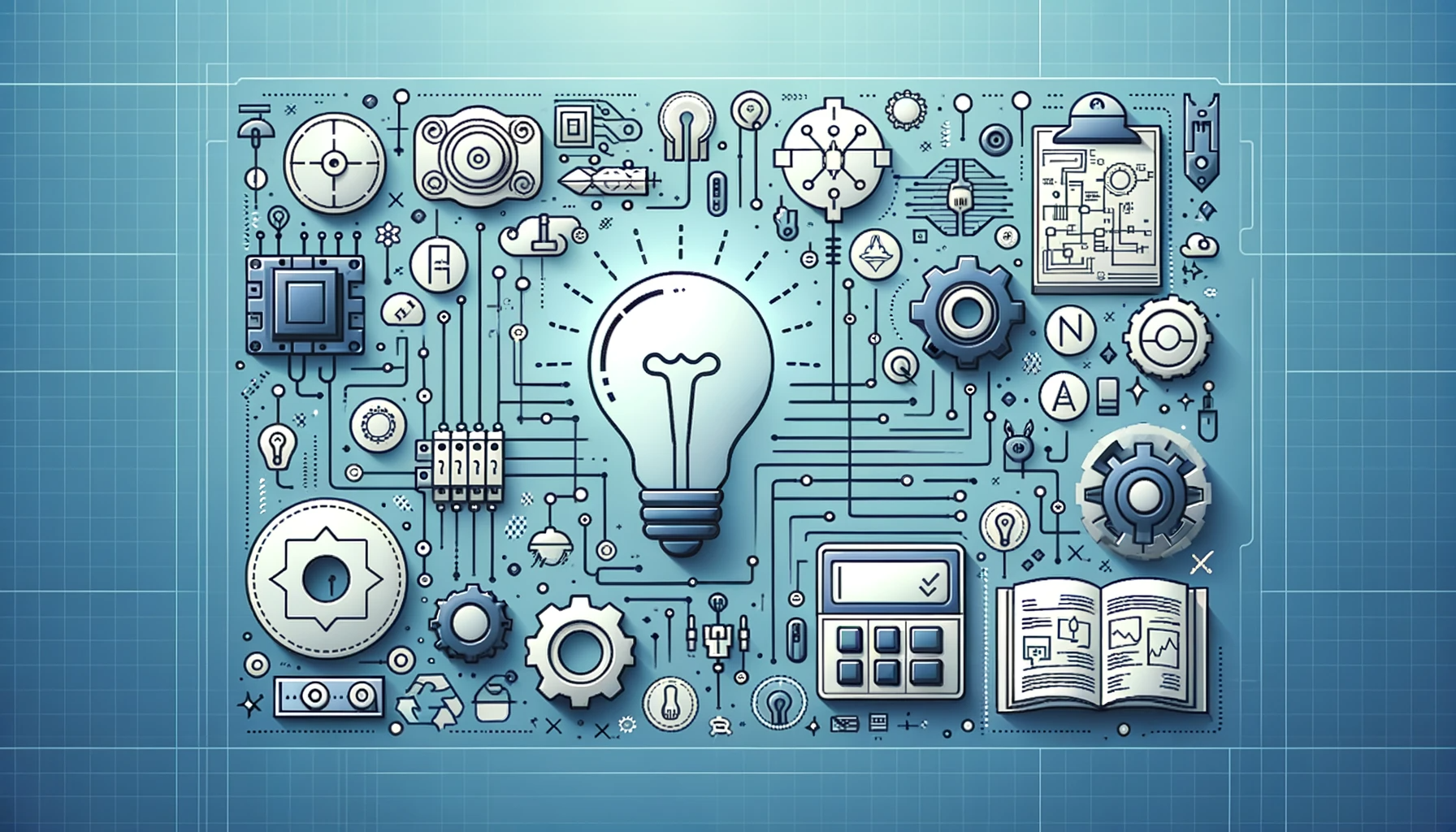Innovative Electrical Design Solutions for Modern Framework
The advancement of contemporary facilities necessitates innovative electrical design solutions that not just enhance functional performance yet also address sustainability challenges. As urban atmospheres grow progressively complicated, integrating technologies such as wise grids and renewable resource sources ends up being extremely important. These advancements not only promise to optimize energy usage yet additionally foster strength versus future needs. However, the landscape of electrical design is undergoing quick makeover, prompting a closer assessment of arising patterns and their ramifications for long-term framework feasibility. What might the future hold for those that embrace these ingenious techniques?
Relevance of Innovative Electrical Design
Ingenious electric design plays a vital function in modern-day infrastructure, influencing not just efficiency however additionally sustainability. As cities advance and the demand for power increases, the need for innovative electric systems comes to be paramount. These systems need to not just satisfy existing demands but likewise prepare for future development and technical improvements.
A well-executed electrical design can considerably reduce power intake, thus lowering operational expenses and decreasing environmental impact. By including sustainable power resources, such as photovoltaic panels and wind generators, ingenious styles can enhance power independence and strength. Smart grid innovations allow for real-time tracking and administration of energy distribution, maximizing performance and lowering waste.
Safety is another essential facet of electrical design. Implementing strenuous standards and advanced modern technologies can alleviate threats connected with electric failures, making certain a safe and secure environment for locals and businesses alike. Additionally, innovative layouts help with flexibility, allowing facilities to integrate arising technologies flawlessly.
Trick Trends in Electric Design
As the landscape of electrical design proceeds to progress, numerous key trends are forming the future of the market. One considerable fad is the integration of clever modern technology into electric systems. The spreading of the Web of Things (IoT) has allowed real-time tracking and control of electric devices, enhancing effectiveness and helping with anticipating maintenance.
One more trend is the growing emphasis on modular design. This method enables scalable and adaptable solutions, making it possible for facilities to adjust to changing demands without substantial restorations. Furthermore, the use of innovative simulation tools and Building Info Modeling (BIM) is becoming increasingly common, streamlining the design process and improving partnership among stakeholders.
Additionally, developments in materials scientific research are bring about the advancement of lighter, extra resilient, and energy-efficient elements. This development is particularly essential for high-performance structures and facilities tasks.
Lastly, there is a significant shift in the direction of data-driven decision-making - electrical load calculation. Leveraging information analytics aids developers optimize systems for efficiency and cost-effectiveness. With each other, these fads represent a transformative era in electrical design, boosting performance, sustainability, and durability in modern-day infrastructure
Lasting Power Solutions
Lasting energy solutions are progressively ending up being an essential emphasis in electrical design, reflecting a wider dedication to environmental duty and resource effectiveness. These solutions aim to lessen environmental impact while maximizing energy consumption in various frameworks, from residential structures to large commercial facilities.
One of the leading approaches involves the combination of renewable resource resources, such as photovoltaic panels and wind turbines, into electrical systems. This not just lowers dependency on nonrenewable fuel sources but likewise boosts energy durability. Additionally, ingenious power storage systems, such as innovative batteries, enable efficient management and circulation of power, ensuring that surplus energy produced throughout top production can be used during high demand periods.
In addition, energy-efficient design methods are being embraced to improve overall system efficiency. This includes making use of energy-efficient lighting, a/c systems, and wise structure technologies that adjust and monitor energy usage based on tenancy and ecological conditions.
Smart Grid Technologies
The implementation of sustainable energy services naturally causes the expedition of wise grid technologies, which play a crucial duty in updating electric systems. Smart grids utilize progressed interaction modern technologies and information analytics to improve the integrity, performance, and sustainability of electricity circulation. By incorporating digital technology with conventional grid infrastructure, these systems promote real-time surveillance, automated control, and boosted decision-making abilities.
One of the key features of clever grids is their capability to suit renewable resource sources, such as solar and wind power. This flexibility not just reduces dependency on nonrenewable fuel sources however also enables an extra decentralized power go to these guys production design. Clever grids enable need action programs, where consumers can change their power usage based on real-time rates, thus advertising power conservation and lowering peak tons needs.
Furthermore, smart grid modern technologies enhance grid durability by making it possible for quicker identification and resolution of outages, inevitably minimizing downtime. With anticipating maintenance and analytics, energies can boost and optimize procedures service delivery. As cities and neighborhoods remain to advance, clever grid innovations are important for constructing a reliable and sustainable electric infrastructure that meets the demands of modern-day society.

Future-Proofing Facilities
To ensure long-lasting feasibility and adaptability, future-proofing infrastructure is vital in the quickly developing landscape of electric design solutions. As innovation advances and power needs shift, it is reference critical that electric systems are created with flexibility in mind. This entails incorporating scalable remedies that can suit future upgrades without requiring considerable overhauls.

In addition, sustainability should be a keystone of future-proofed designs. Using renewable energy resources, such as solar and wind, and optimizing power efficiency minimize dependency on nonrenewable fuel sources, lining up with global initiatives to battle climate modification.
Conclusion
By prioritizing efficiency, sustainability, and adaptability, these solutions resolve the progressing needs of power systems. The combination of smart grid modern technologies and lasting energy services enhances resilience and minimizes functional expenses.
A well-executed electrical design can dramatically lower power intake, consequently lowering operational costs and lessening environmental impact. By including sustainable energy resources, such as solar panels and wind turbines, cutting-edge styles can boost power self-reliance and resilience. In addition, innovative power storage systems, such as innovative batteries, allow efficient monitoring and circulation of energy, ensuring that excess energy created throughout top manufacturing can be used throughout high demand periods.
Smart grids make it possible for demand reaction programs, where customers can change their energy usage based on real-time rates, thereby advertising power conservation and reducing peak lots demands. (electrical load calculation)
As technology advances and power needs change, it is critical that electrical systems are designed with versatility in mind.
Comments on “Comprehensive Electrical Engineering Design Services for Residential and Industrial Needs”